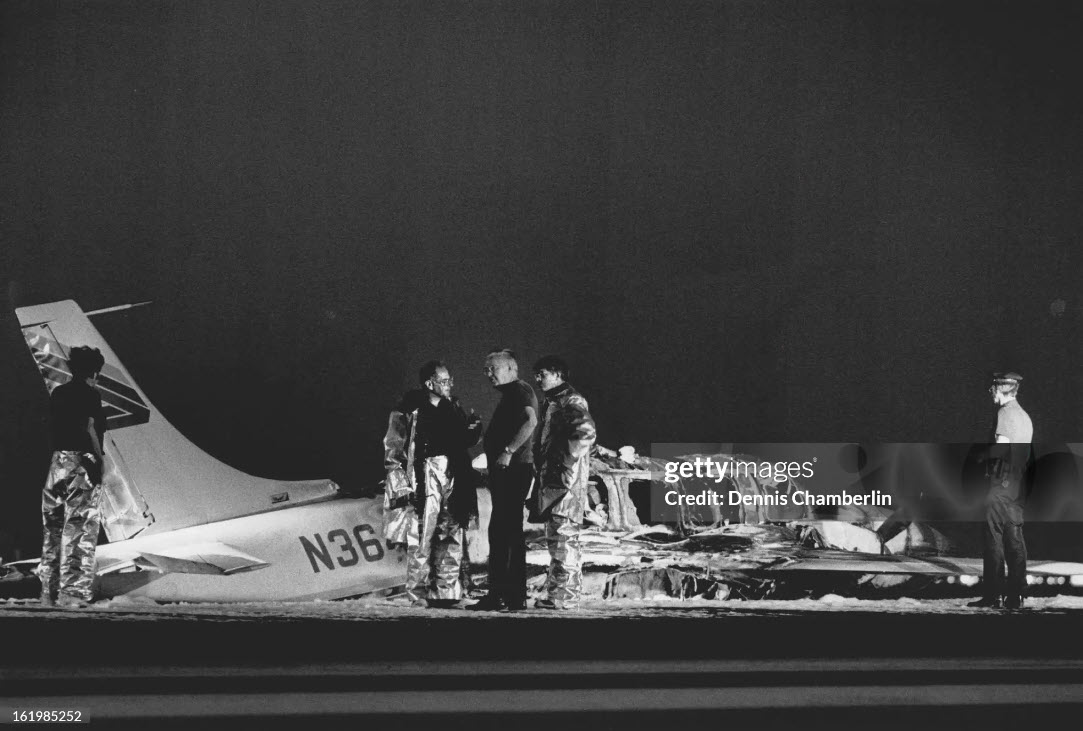Crash of a Rockwell Grand Commander 680FL near Fort Collins: 1 killed
Date & Time:
Sep 12, 1985 at 0020 LT
Registration:
N45724
Survivors:
No
Schedule:
Fort Collins - Salt Lake City
MSN:
680-1291-2
YOM:
1963
Crew on board:
1
Crew fatalities:
Pax on board:
0
Pax fatalities:
Other fatalities:
Total fatalities:
1
Captain / Total hours on type:
43.00
Aircraft flight hours:
9535
Circumstances:
The pilot was operating his aircraft under the rules of 14 cfr 135, i.e., a scheduled domestic cargo flight. He made a normal departure and climb en route to Salt Lake City, UT. Normal communications and radar flight following was established with Denver ARTCC. Approximately 8 miles west of fort collins, the aircraft suddenly disappeared off of radar and voice contact with the pilot was lost.
Probable cause:
Occurrence #1: loss of control - in flight
Phase of operation: climb - to cruise
Findings
1. Light condition - dark night
2. (c) reason for occurrence undetermined
3. Weather condition - turbulence
----------
Occurrence #2: in flight collision with terrain/water
Phase of operation: descent - uncontrolled
Findings
4. Reason for occurrence undetermined
Phase of operation: climb - to cruise
Findings
1. Light condition - dark night
2. (c) reason for occurrence undetermined
3. Weather condition - turbulence
----------
Occurrence #2: in flight collision with terrain/water
Phase of operation: descent - uncontrolled
Findings
4. Reason for occurrence undetermined
Final Report:



